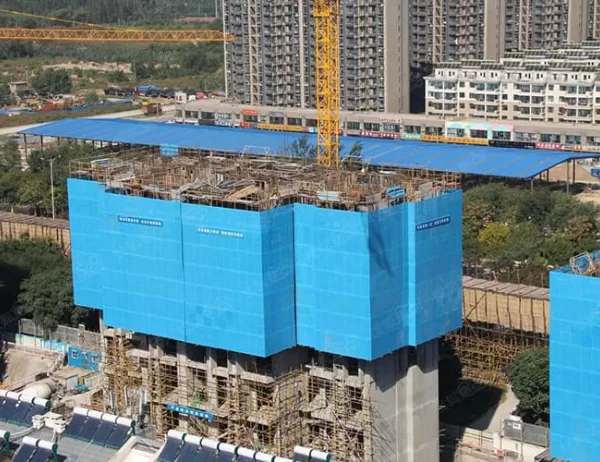In the realm of architecture, polished aluminium angles have emerged as an indispensable material, offering a captivating fusion of aesthetics and practical prowess. Their sleek surfaces and versatile nature make them a preferred choice for designers seeking to create structures that are both visually arresting and highly functional.
Enhancing Visual Appeal
Polished aluminium angles possess an inherent beauty that elevates the appearance of any architectural project. Their reflective surfaces create a shimmering effect that adds a touch of elegance and sophistication to facades, railings, and other architectural elements. The polished finish enhances the play of light and shadow, creating dynamic and captivating visuals that attract the eye.
Durability and Longevity
Beyond their aesthetic appeal, polished aluminium angles are renowned for their exceptional durability and longevity. Aluminium’s natural corrosion resistance ensures that they can withstand harsh weather conditions without succumbing to rust or deterioration. The polished finish provides an additional layer of protection, maintaining the material’s pristine appearance for years to come.
Structural Versatility
The versatile nature of polished aluminium angles makes them suitable for a wide range of architectural applications. Their angular shape allows for precise and intricate fabrication, enabling designers to create complex geometric forms and patterns. Their lightweight yet strong properties make them ideal for use in structural elements, such as beams, supports, and frames.
Easy Maintenance and Sustainability
Polished aluminium angles require minimal maintenance, further enhancing their practicality. Their smooth surfaces resist dirt and grime, making them easy to clean and maintain. The material’s recyclable nature contributes to environmental sustainability, reducing the building’s carbon footprint and promoting greener construction practices.
Applications in Architecture
Polished aluminium angles find numerous applications in modern architecture, including:
– Facades: They enhance the aesthetics of building exteriors, creating a visually striking and inviting environment.
– Railings: Their durability and corrosion resistance make them ideal for both interior and exterior railings, ensuring safety and adding a touch of elegance.
– Trim and Accents: Polished aluminium angles provide subtle yet effective detailing, enhancing the edges and corners of architectural features.
– Structural Elements: Their strength and versatility make them suitable for structural applications, such as beams, trusses, and supports.
– Decorative Elements: They can be incorporated into sculptures, art installations, and other decorative elements, adding a touch of modernism and sophistication.
Conclusion
Polished aluminium angles have revolutionized architectural design, offering a unique combination of beauty, durability, and functionality. Their aesthetic appeal, low maintenance requirements, and sustainability make them a preferred choice for architects and designers seeking to create structures that are both visually stunning and enduring. As the drive for innovative and sustainable architectural solutions continues, polished aluminium angles will undoubtedly play an increasingly vital role in shaping the future of building design.




